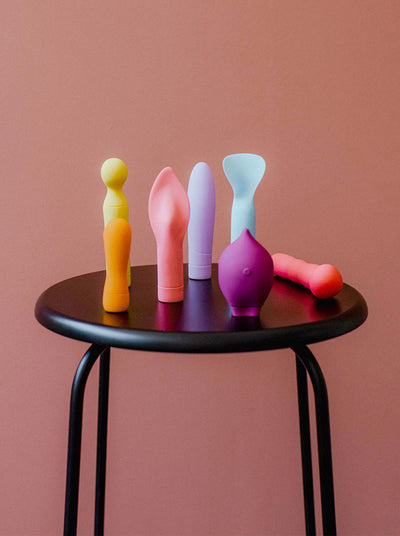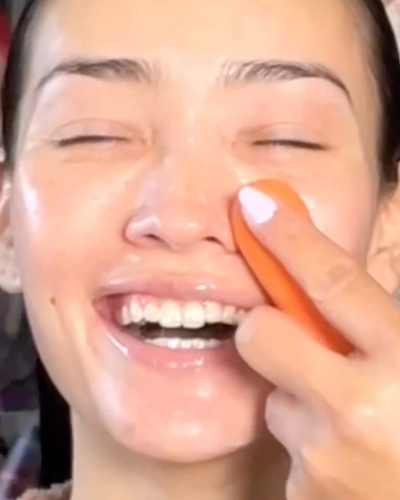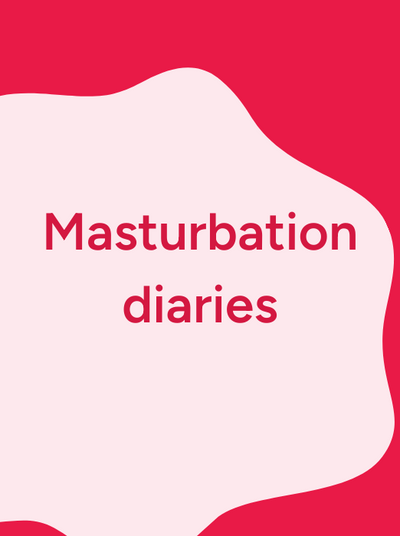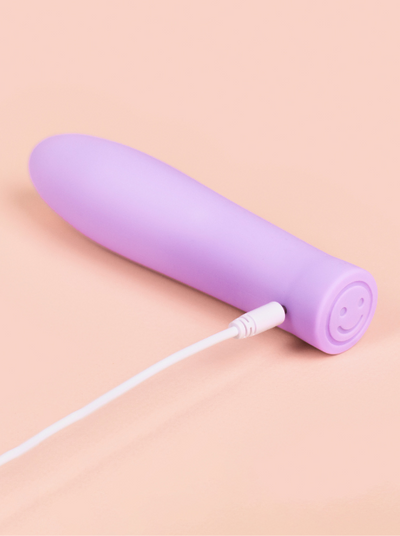Learn more about the history of this great science to get a better understanding of the female body and orgasm. Sexology can also help you have a better sex life!
Sexology: the basics.
Thanks to the Glasgow Women’s Library we know that the literal definition of sexology is the
study of human sexuality that covers topics like puberty, sexual orientation, sexual activity and relationships. Sexology isn’t only limited to the medical and biological fields, but it includes psychological and social perspectives into its broader understanding of women and sexuality.
By having a better understanding of the history of sexology and society’s evolution around the topic of sexuality can empower women. Sexology gives us the opportunity to understand our bodies better, open ourselves up to the multi-faceted world of sexual identities, and figure out the best way to pleasure by improving our sex lives. Women can now more freely talk about their sex lives with their partners and doctors, and feel confident in demanding pleasure.
Where sexology began.
According to the Institute of Sexology, Richard von Krafft-Ebing and Magnus Hirschfeld, and Henry Havelock-Ellis are often known as the pioneers into the fields of sexology in the late 19th century. In 1886 Krafft-Ebing published Psychopathia Sexualis in which he documented a series of case studies categorizing all “forms of deviant sexuality.” Today those “deviant” acts are known as BDSM and homosexuality. This work was truly revolutionary and laid down the foundation for all works of sexology that came after it. Kraft-Ebing’s work brought light to the variety of sexualities on the spectrum.
Also during this time sexologists were realizing that sexuality could define you as a person, leading to what we now call your “sexual identity.” While these labels have the power to be incredibly liberating, back in the day they began an era of discrimination and criminalisation against people based on their sexual identity. Although the good thing that came out of the discrimination against these people was the resistance from these groups fighting for and eventually gaining rights for sexual minorities. The earliest traces of the gay rights movement can be found in this era.
Freud, pleasure and the clitoral orgasm.
Freud is a well known name in both psychology and sexology for his groundbreaking and controversial work. Freud came up with the idea that the main purpose of sex was for pleasure instead of the long held belief that it was for procreation. (Thanks, Freud!) Because of Freud’s revolutionary work, the world was now discussing the possibility that it was okay to have sex for pleasure’s sake and not necessary for the purpose of having a baby. This is a hot topic that’s still debated today.
While Freud did bring awareness to the clitoral orgasm, he also characterized it as childish which basically erased any progress he made in the realm of women’s sexuality. Freud also claimed that masturbation in women made them hysterical, which is not something we can get behind. While Freud did create waves in the psychology and sexology fields, despite his fame he didn’t do much to serve women.
Kinsey and Masters & Johnson get personal.
After Freud’s work in the 1920s, come the next sexology revolutionaries Alfred Kinsey in the late 1940s and 50s, and William Masters and Virginia Johnson in the 1960s. These sexologists have had a major impact on modern sexology as we know it today. Alfred Kinsey wrote a groundbreaking book Sexual Behavior in the Human Male, in which he showed the world how normal gay behavior, oral sex, and premarital sex were amongst the average population.
Masters and Johnson’s book was titled Human Sexual Response, and popularized the idea of the “sexual response cycle.” This cycle involves naming the four stages of arousal and orgasm. These stages are, “excitement, plateau, orgasm, and resolution.” They all have their own physical distinctions including a flushed chest and muscle contractions. The sexologists discovered these findings by studying thousands of participants who masturbated and had sex in their lab.
Masters and Johnson also made the extraordinary discovery that many women need external clitoral stimulation to have an orgasm, which was not even on people’s radar before then. They found that clitoral and vaginal orgasms elicited the same physiological response in women. We have Masters & Johnson to thank for the much needed popularization of the clitoris. With their research, women can have a better understanding of how their bodies work during orgasm and how to find pleasure for themselves.
The impact of sexology on women in society.
No Longer A Taboo
Thanks to sexology and researchers in the field, women’s sexuality is now a more talked about topic. We may not realize this, because for most of our lives women and sexuality has been something we’re used to hearing, but that wasn’t always the case. Today any woman can go into her doctor’s office and have an open and honest discussion about her sexual health and activity. Movies are made with subversive gender roles highlighting the beauty and importance of women’s sexual freedom and pleasure. It’s no longer as big of a taboo to talk about things like the clitoris and women masturbating.
Sex Not Only As a Means of Reproduction
Sexology has also created major changes for the role of women in society. Up until the 1960s, women’s gender roles were clearly laid out for them. According the Glasgow Women’s Library these roles involved taking care of the home, the husband, and bearing children as the primary focuses in a woman’s life. After several decades of sexology research, it’s now socially acceptable to say that women’s sexuality has a lot to do with pleasure, and less to do with procreation and men. While reproduction is still a biological necessity, sexology has shed light on the fact that women can and deserve to orgasm too.
A Greater Understanding of Women’s Pleasure
With the revolutionary discoveries about pleasure and the human body sexologists, women now have a better understanding of their bodies and how they work. We now know more about the clitoris and its role in orgasm than ever before. This revelation in women’s pleasure has led to better sex for women, healthier psychology and an overall healthier sex life.
Sexology today.
Today the hub of sexology and sex research can be found at NATSAL in the UK. They are doing groundbreaking research and surveys studying the ways in which sex reflects on the impact of history and the way societies understand sex today. NATSAL also records changes in society’s feelings towards sexuality, and how we’ve become more open to accepting different sexual identities and women’s sexual freedom as a whole.
One of the most recent NATSAL surveys, which happen every ten years, reports that 42% of men and 51% of women have said they have a sexual problem. Sexual problems are defined as some difficulty with one of the four areas of the sexual response cycle, intercourse or orgasms. If you are experiencing difficulty in your sex life, know you’re not alone! We are know able to better understand the root cause of sexual problems and difficulties thanks to the research done by sexologists like Kinsey and Masters and Johnson.
Bottom line.
There you have it, the history of sexology in a nutshell. You can see how far science and society has come in terms of understanding and normalizing the many varieties of sexual identities and actions. Sexology has brought sex into the science sphere and for good reason. Sex is part of our health because it is a natural part of life and of our body’s physiology. Thanks to the sexologists who documented it scientifically, sexology has liberated women’s sexuality and pleasure from undocumented dogma. Sex is something we all think about a lot, and sexology is a reliable way to find answers to our questions, to know ourselves better and eventually, feel better.
That’s why at Smile Makers, we work with sexology to stay up-to-date with the latest research to and to create the best sexual wellness products for women and people with vulvas.











